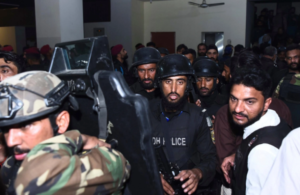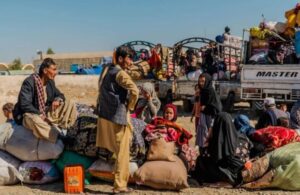KABUL (SW) – Findings of a comprehensive survey by Salam Watandar in 25 provinces of Afghanistan show that young people in this age of technology and modernity seek a balance between traditional and modern lifestyles.
Definition of lifestyle
Lifestyle encompasses a set of values, behaviors, habits, and preferences that shape how an individual, group, or society lives. Broadly speaking, lifestyles can be categorized into two main types as following:
- Modern Lifestyle: This refers to ways of living influenced by new technologies, contemporary methods, and current innovations.
- Classic Lifestyle: This pertains to traditional and enduring methods and values that have remained unchanged over time. It is characterized by reliance on time-tested practices and includes traditional clothing, decor, foods, and customs.
Statement
With advancements in technology and globalization, young people in Afghanistan are striving to blend modern lifestyles with their traditional values. To gain a deeper understanding of this trend, Salam Watandar conducted a survey across 25 provinces, involving 554 young participants including 277 women and 277 men.
The survey explored the lifestyle choices and preferences of Afghan youths in the modern era and examined the impact on traditional lifestyles.
The results of the survey reveal that despite global trends and modernization, Afghan youths continue to show a strong interest in integrating both traditional and modern elements into their lives. Additionally, the survey identified some minor differences in consultative decision-making between genders, with women generally placing slightly more emphasis on the importance of consultation in decision-making compared to men.
Main questions
- Which lifestyle do young people prefer more?
- In which areas of their lives do young people prefer traditional styles, and in which areas are they more inclined towards modern styles?
- Despite the transformation of today’s society due to technological advancements and globalization, as well as, the shortening of distances and the consequent changes in lifestyle, how much do traditional customs and past cultures still hold sway in Afghanistan?
Survey background
While external media, various informational websites, educational institutions, and other organizations have published numerous articles and studies on youths lifestyles, there has been no specific field research involving Afghan youths. This gap highlights the novelty and significance of conducting this survey.
Survey objectives
- Analyzing youths’ lifestyle choices: To Investigate Afghan youths’ inclination towards blending traditional and modern lifestyles, and assessing their preferences across various aspects such as clothing, food, music, celebrations, and careers.
- Evaluating technological impacts: Examine the extent of technology use and its value in daily life, and exploring how young people adapt to modern trends.
- Exploring gender differences: Analyze differences in attitudes and priorities between young girls and boys regarding lifestyle aspects, including family decision-making, clothing choices, and preferences for food and music.
- Providing practical recommendations: Offer suggestions to government, media, and youths for preserving and promoting national culture while improving understanding and adaptation to diverse lifestyles.
Survey timeline
This survey was launched on July 15, 2024, and concluded on August 13, 2024.
Survey variables
The primary variables in this study include lifestyle, decision-making, interests and preferences.
Challenges faced
Conducting this survey in the current context of Afghanistan presented several challenges, though Salam Watandar managed to overcome them. The key challenges encountered were time-consuming nature of the survey, lack of youths’ interest to participate in this survey, some participants were hesitant to provide responses, and restrictions imposed by private institutions such as educational centers and universities limited the distribution of questionnaires.
Summary report
Salam Watandar’s survey, conducted across 25 provinces in Afghanistan reveals that young people are increasingly seeking to blend traditional and modern lifestyles in the era of technology and modernity.
Survey’s key findings indicate that Afghan youths show a preference for combining modern and classic styles in clothing, food, and decision-making. However, they tend to favor modern styles for family celebrations and career choices. Notably, classical music stands out as the only area where a majority of Afghan youths prefer traditional styles.
Additionally, the survey highlights gender-based differences as young boys generally prefer traditional lifestyles and young girls are more inclined towards integrating modern and classic elements.
General report
Salam Watandar conducted a survey across 25 provinces of Afghanistan, with 554 young participants. Kabul had the highest participation rate at 20.6%, while Baghlan had the lowest at 0.2%.
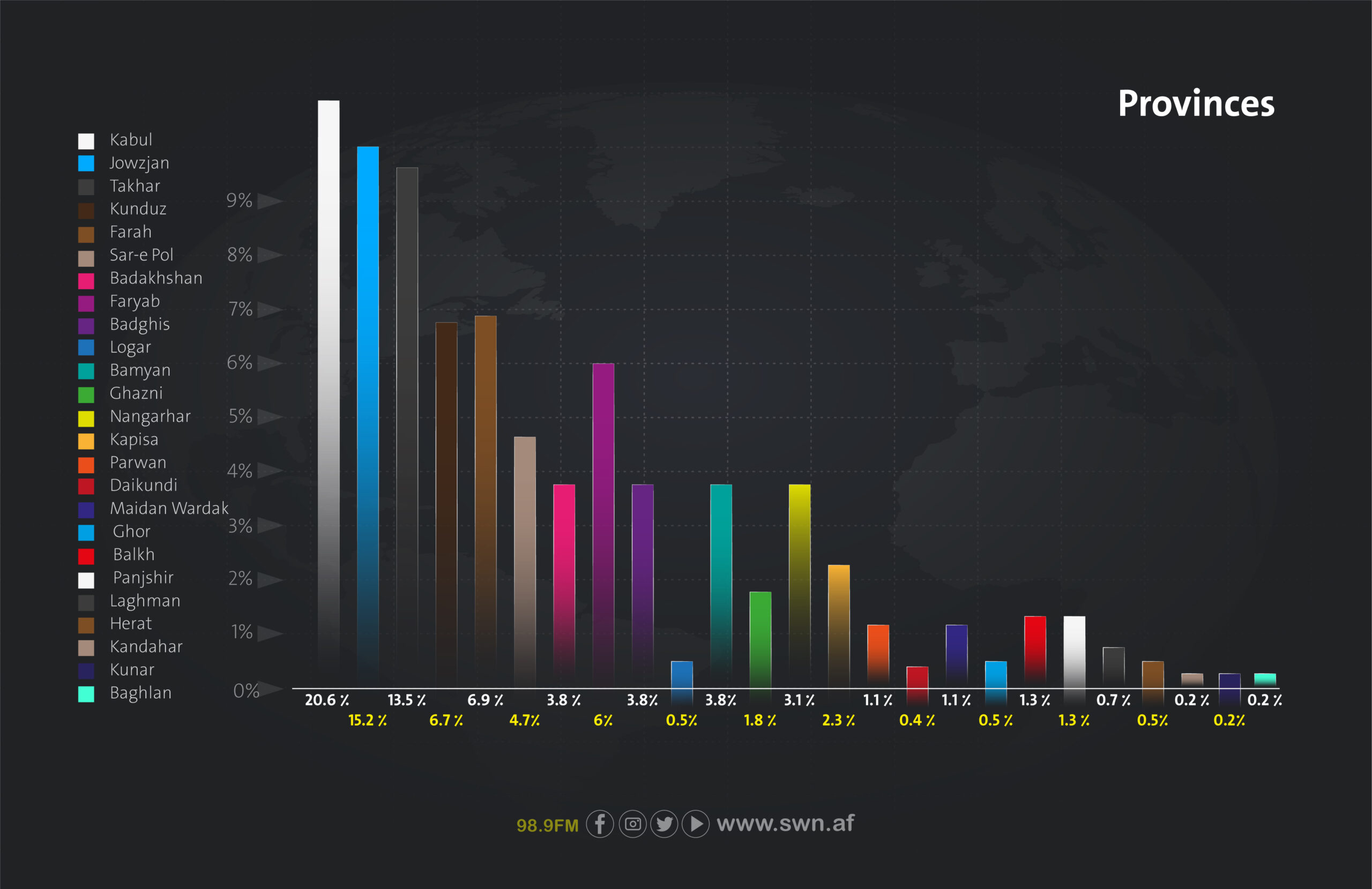
The survey included 277 young women and 277 young men.
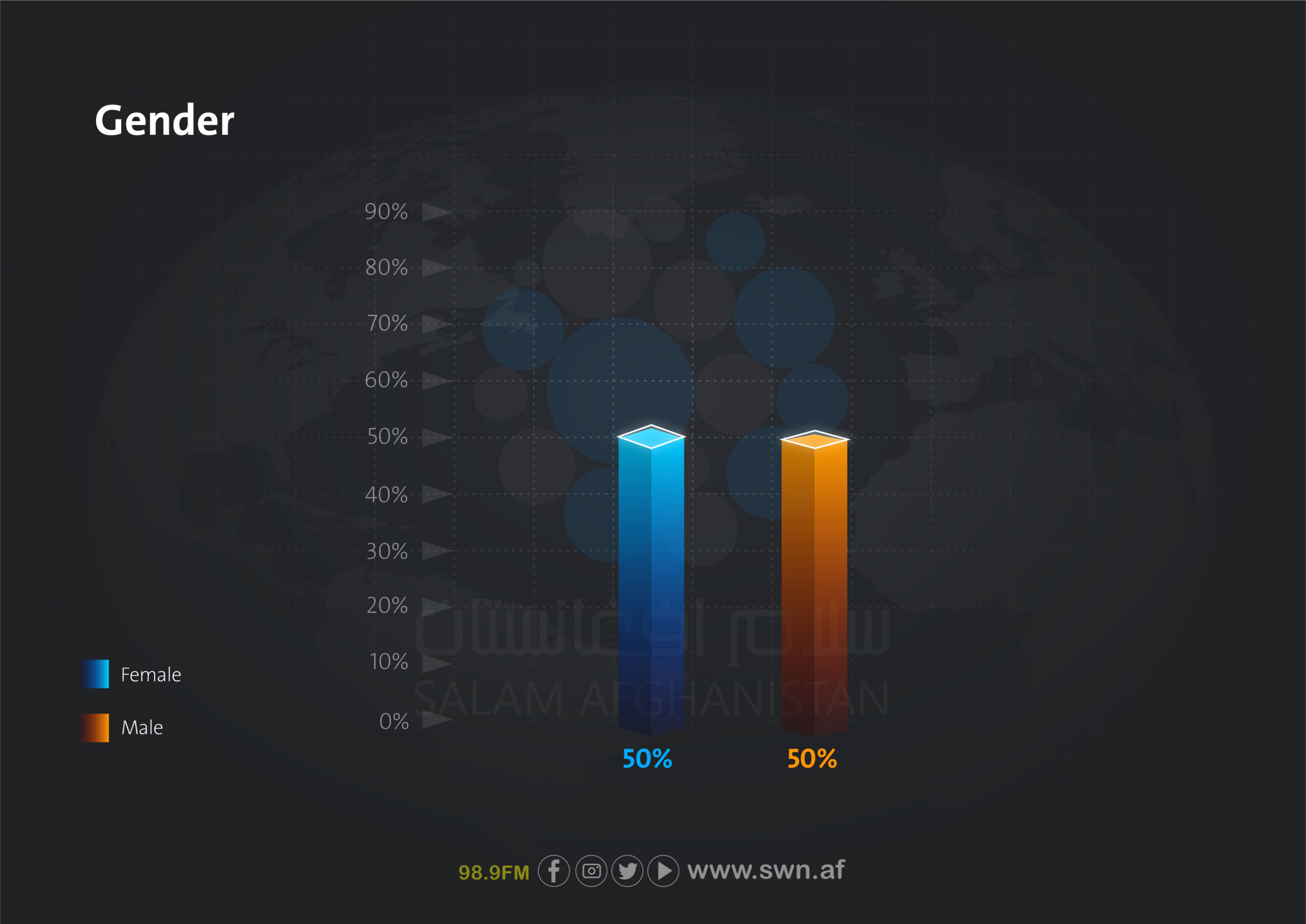
The participants in this survey were from various age groups. Among them, 50.2% were aged 20 to 25, representing the largest percentage. In contrast, only 8.3% were between the ages of 30 and 35, representing the smallest percentage of participants.
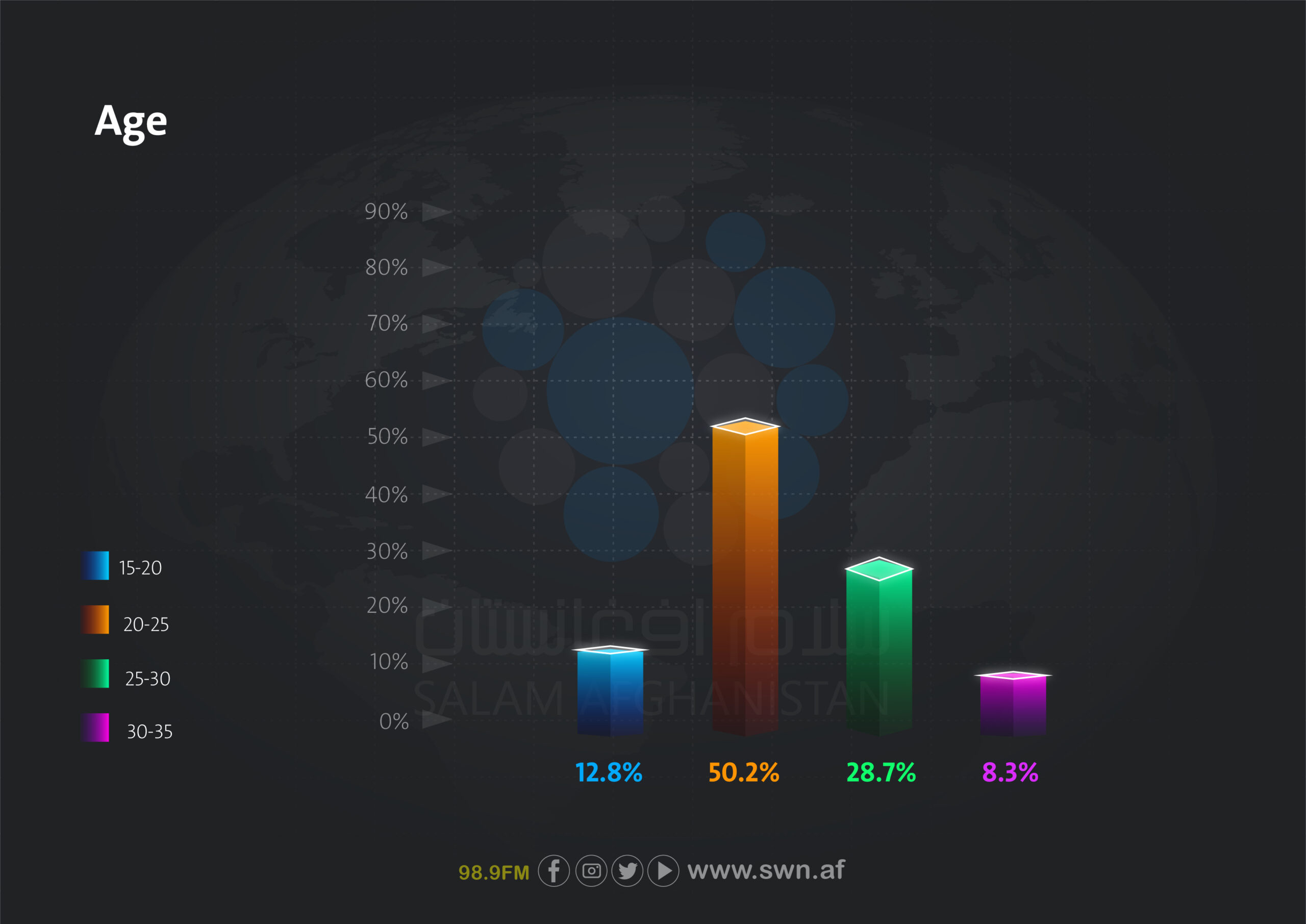
Decision-making preferences
Of the 554 young individuals participated in this survey, 74.3% believe that family decisions must be made with consultation among family members, 19.7% prefer decisions made by elders, and 6% prefer individual decision-making.
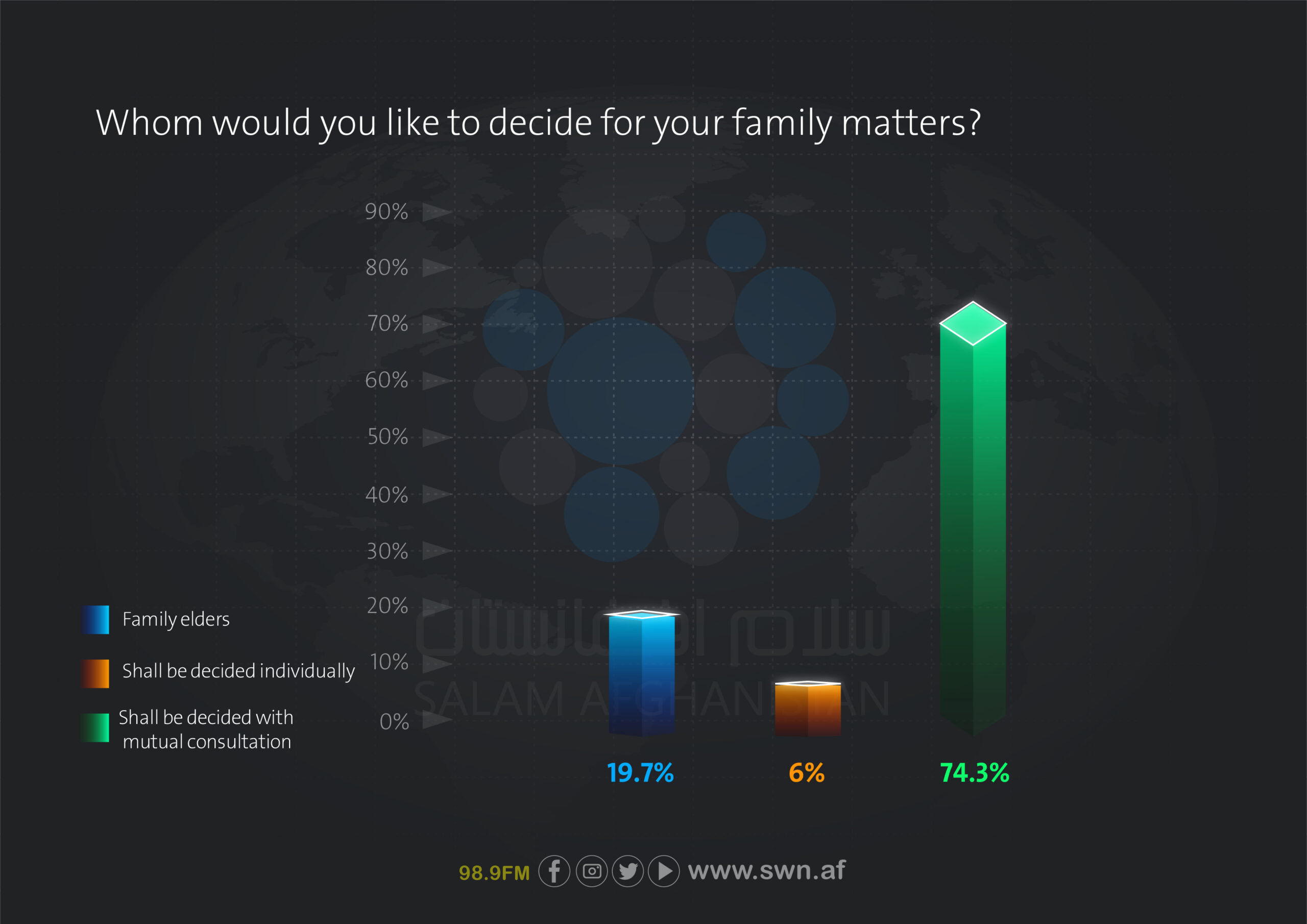
Clothing preferences
Among the participants, 51.8% prefer a combination of traditional and modern clothing, 34.8% prefer traditional clothing, and 13.4% prefer modern clothing.
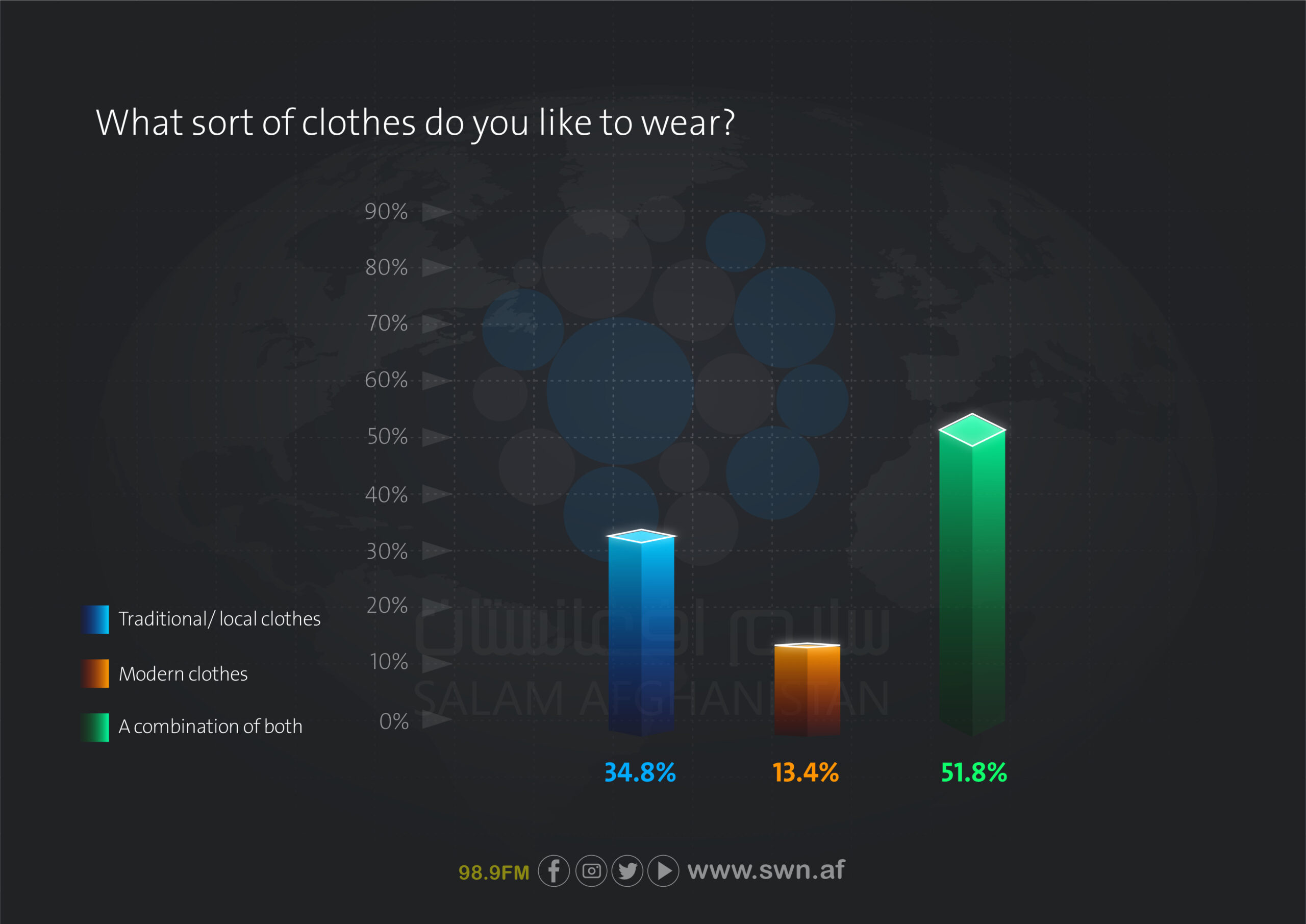
Food preferences
Out of 554 young people participated in the survey, 56.5% consumed both traditional and modern / fast foods, 28.5% prefer only traditional foods, and 15% prefer only modern foods.

Music preferences
In this survey, 43.3% of the participants enjoy traditional music, 16.1% prefer modern music, and some 40.6% like a combination of both.
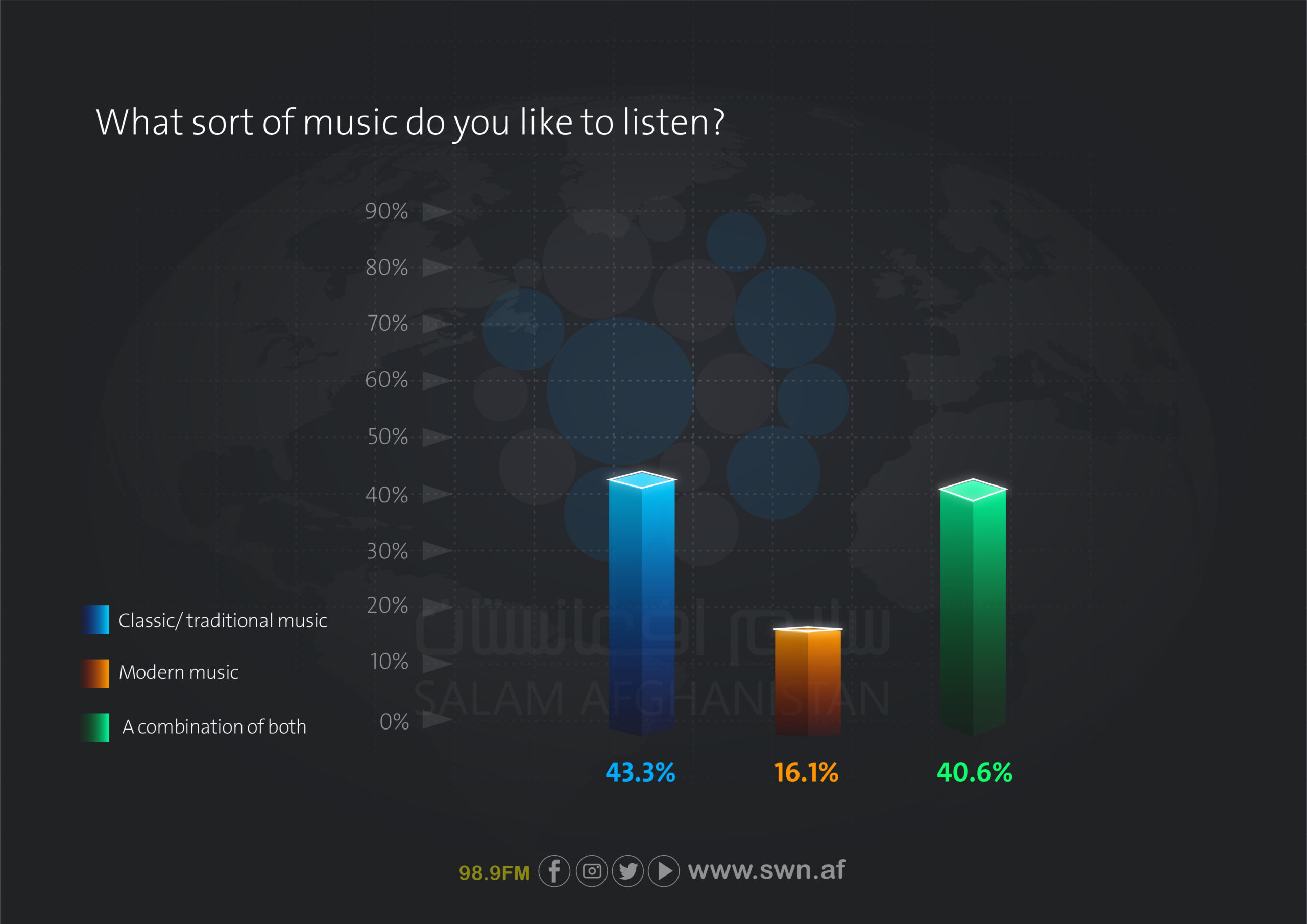
Festivity preferences
56.7% of the participants in the survey, prefer modern styles for family celebrations and 43.3% prefer traditional styles.
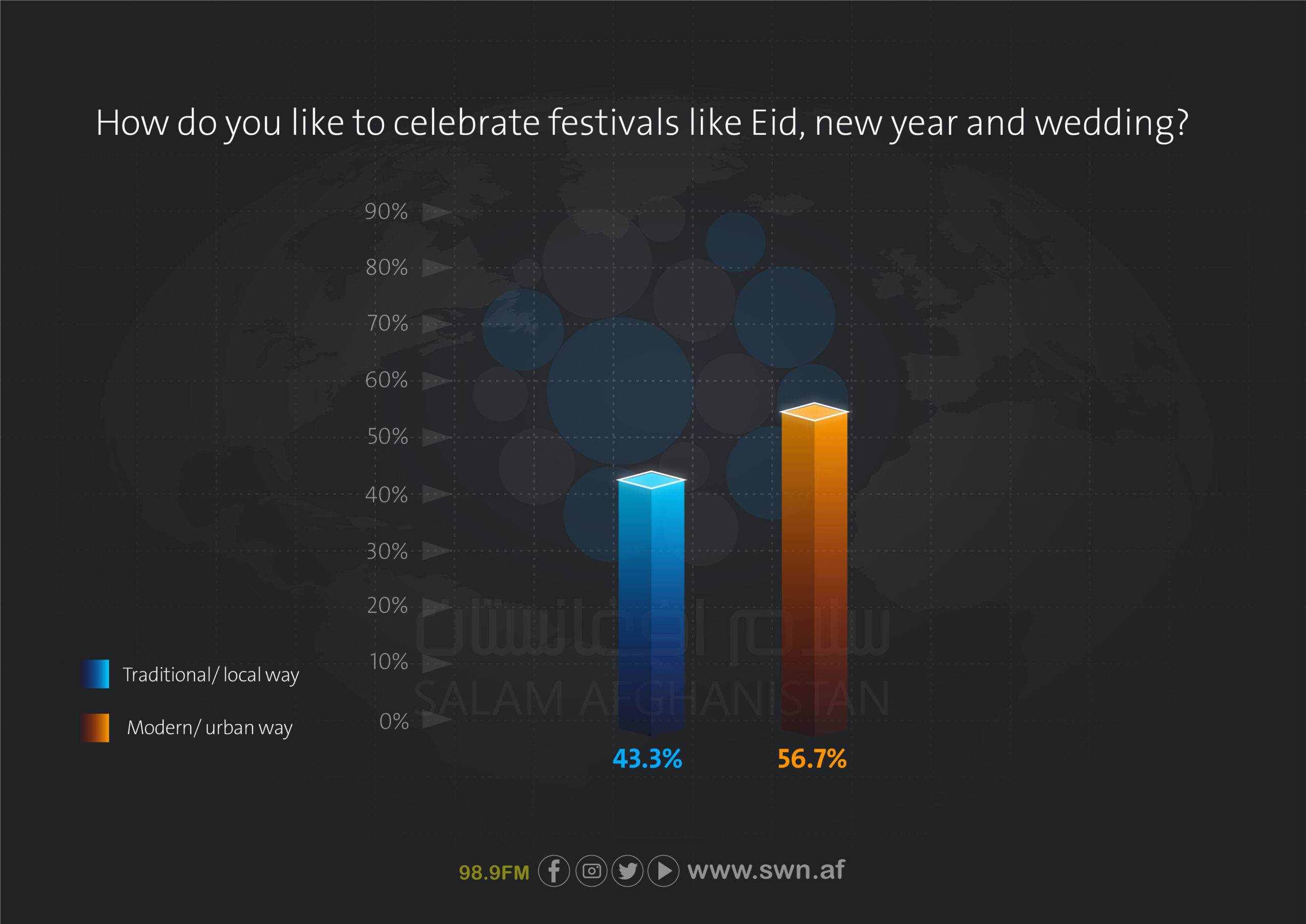
Career choices
At least 93.5% of the participants in the survey are inclined towards modern careers such as journalism and medicine, and 6.5% of the participants prefer traditional professions.

Use of technology
Of the survey participants, 37.9% fully utilize technology, 30.5% use it to some extent, and 1.4% do not use technology at all.
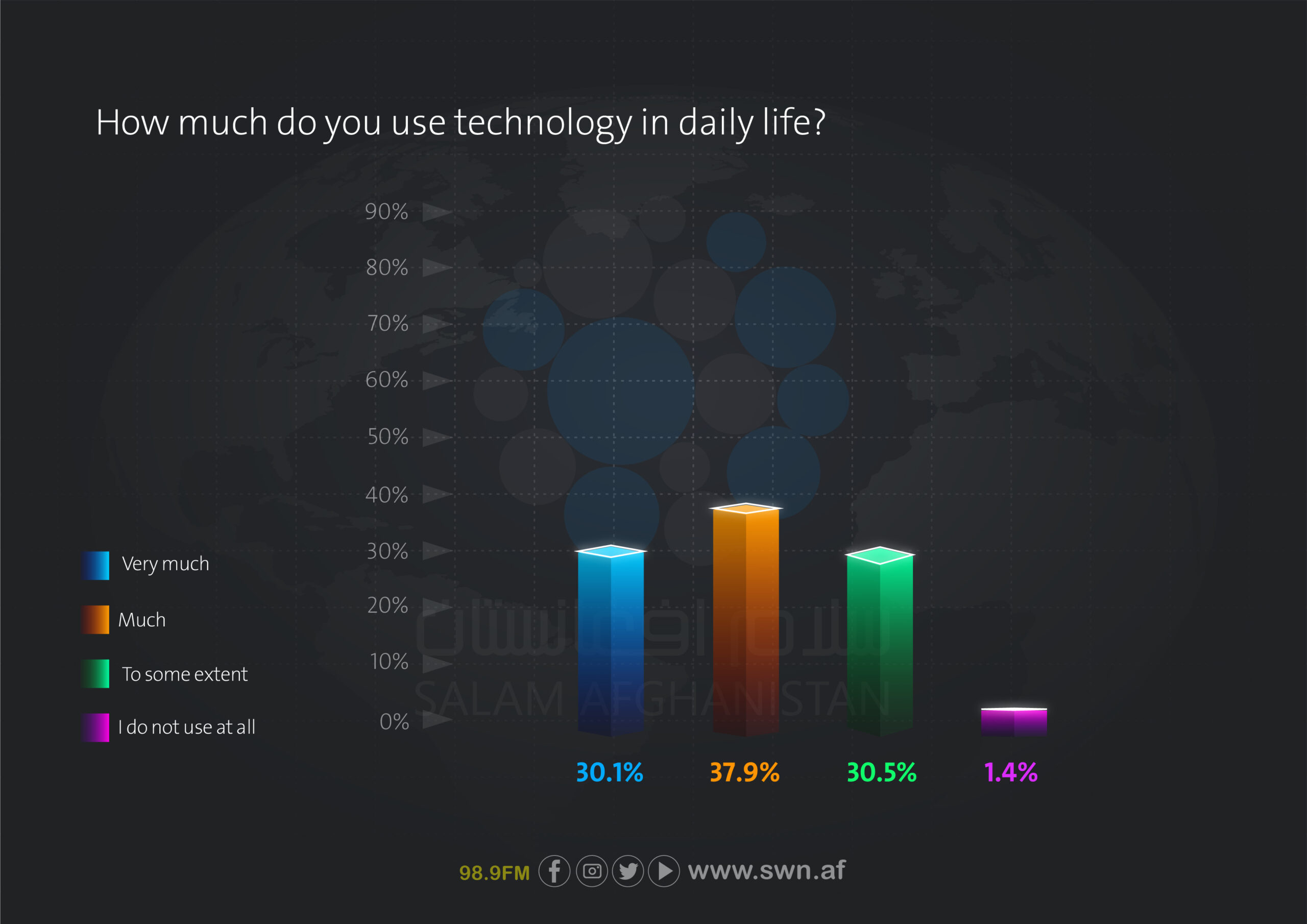
Perception of technology
97.5% of the survey’s participants view technology as an essential need of life.
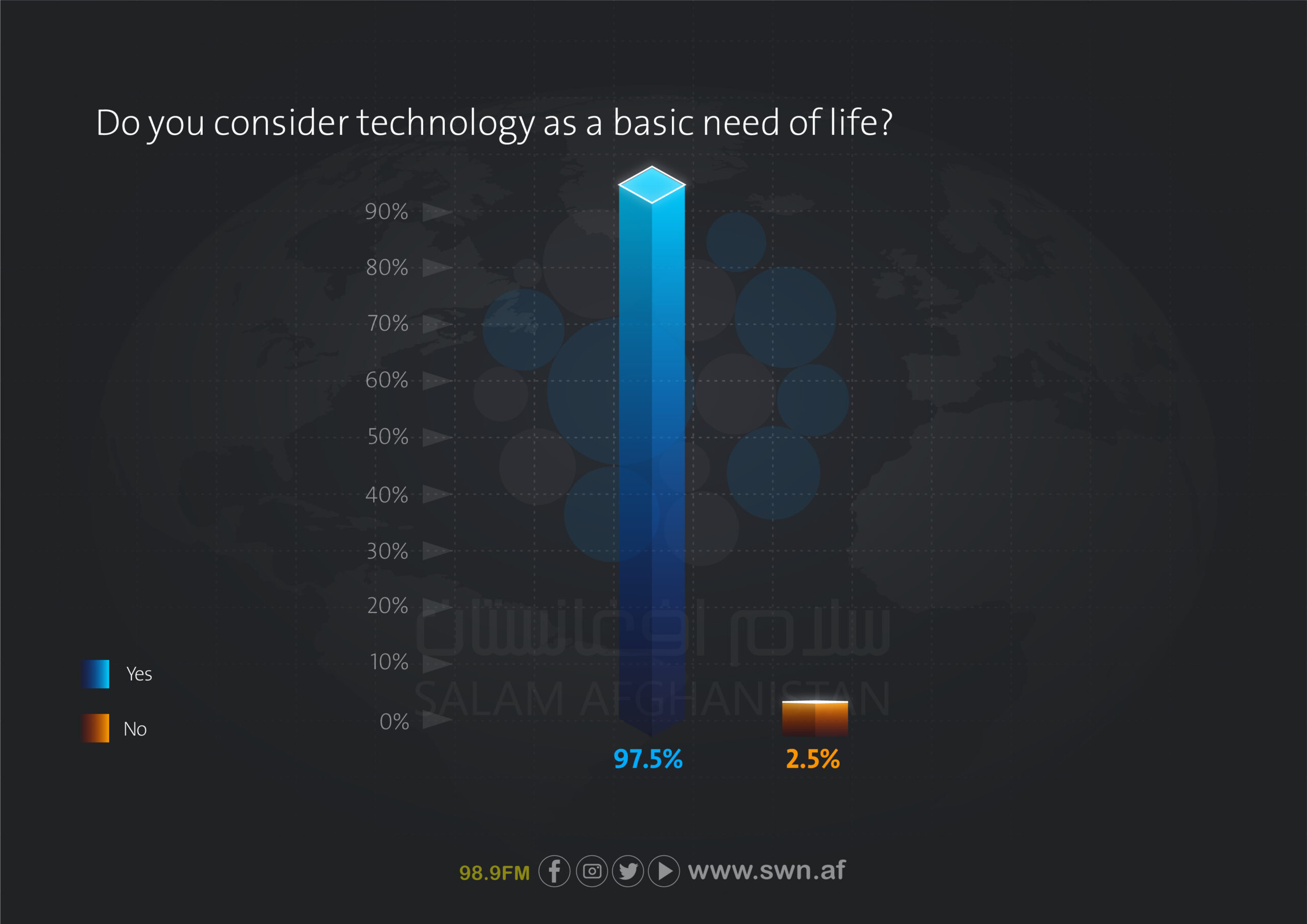
Gender-Based Insights
Salam Watandar’s survey results reveal subtle gender differences in lifestyle preferences among Afghan youths. Boys show a slightly higher interest in classic or traditional lifestyles compared to girls. Conversely, girls are more inclined towards modern lifestyles or a blend of modern and traditional styles.
Family decision-making preferences
When it comes to family decisions, 24.5% of young boys like that decisions be made by family elders. In contrast, only 14.8% of young girls choose this approach for their own family decisions.
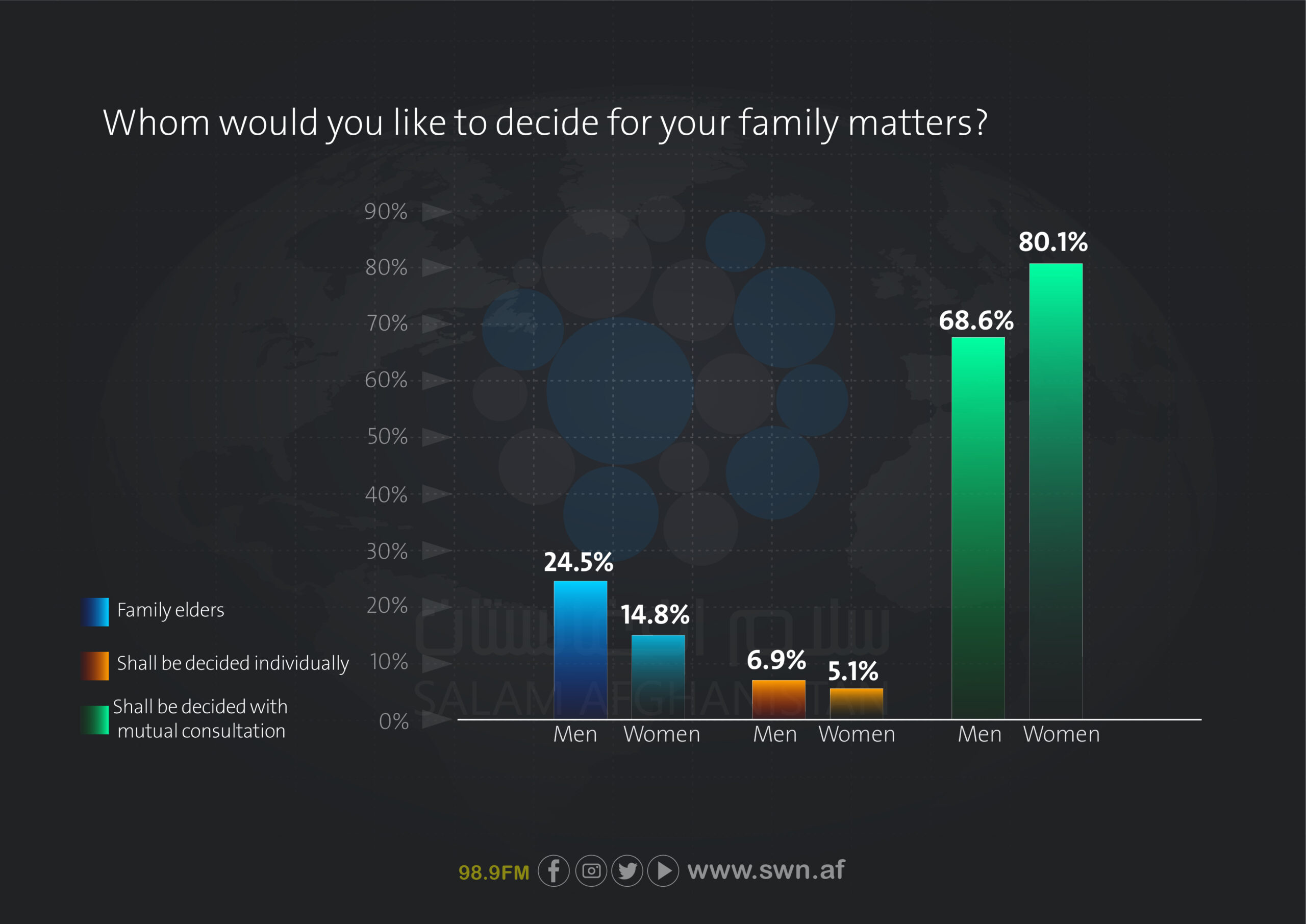
Clothing preferences
39.4% of participating boys like traditional clothing, while 30.4% of girls have chosen it.
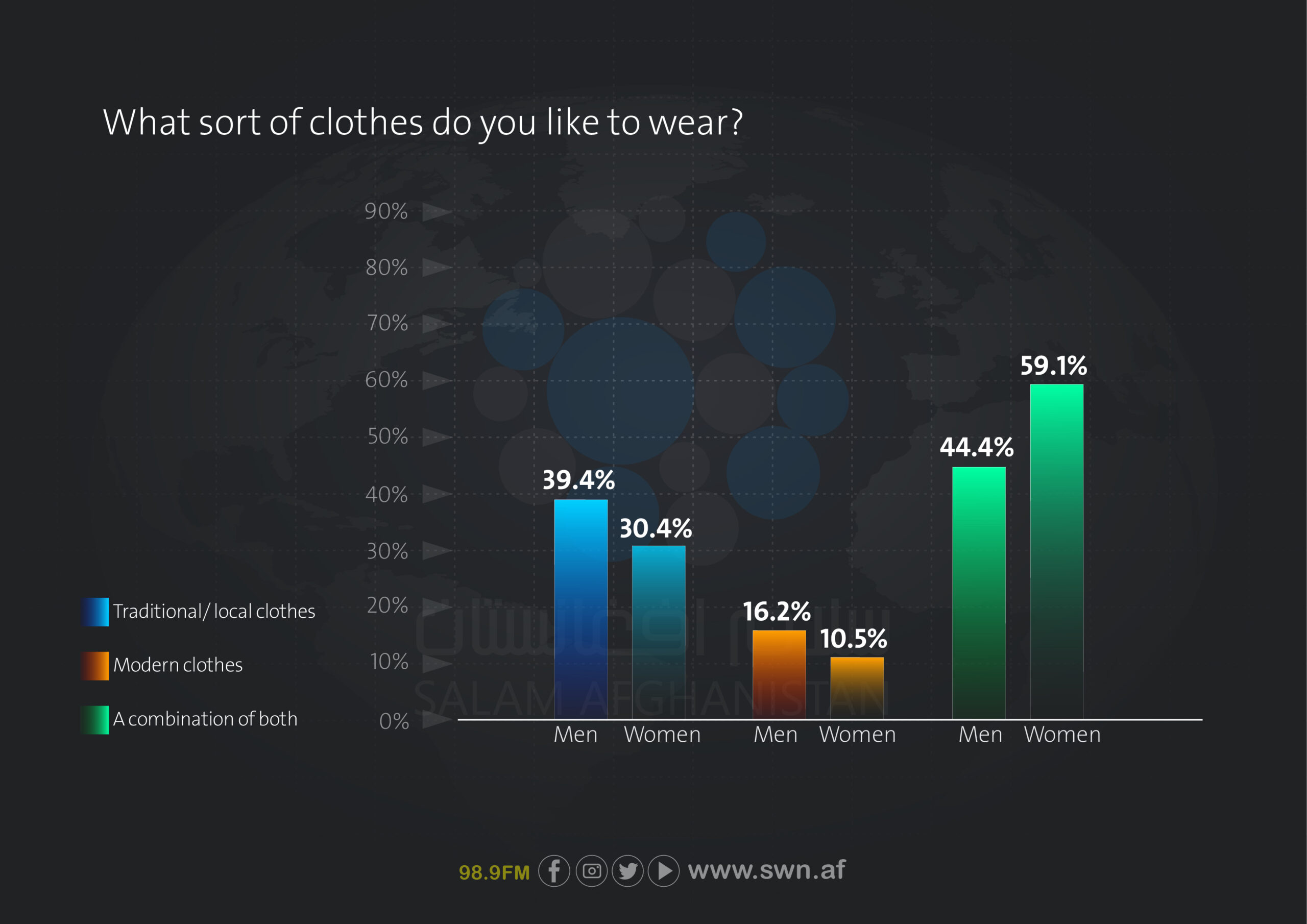
Food preferences
40.1% of participating boys like local foods, while 17.4% of women have chosen it.

Music preferences
Of the young boys participated in the survey, 51.3% like traditional music, compared to 35% of women who have chosen it.

Festivity preferences
49.8% of participating young boys prefer traditional methods for family celebrations, whereas 36.6% of women do.
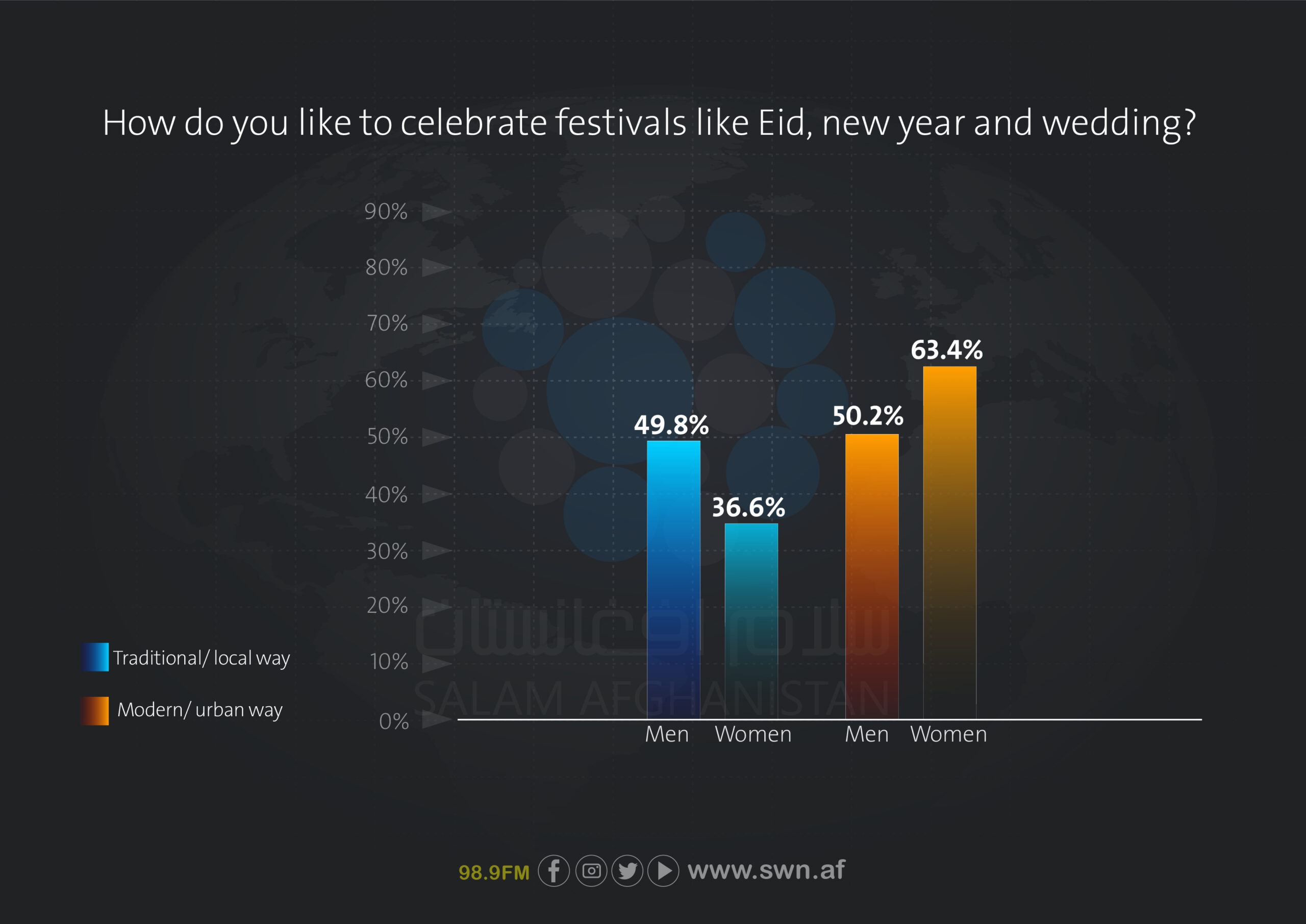
Recommendations
Although, this survey provides a general overview of youths lifestyles, it is recommended that media and researchers conduct more specific studies on how various factors impact youths lifestyles.
It is advised that media and research institutions examine lifestyle differences among young people based on urban versus rural settings and their levels of education.
The government agencies are encouraged to recognize the social transformations occurring and to redefine cultural and lifestyle principles accordingly in order to prevent the emergence of social gaps in the country.

